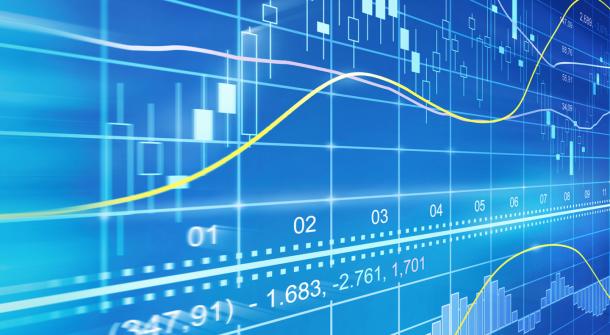Suffering from financial instability due to western sanctions, tumbling oil prices, and unsettled investors’ trade approach, the Tehran Stock Exchange (TSE)’s benchmark has dropped 14,175 points or 17.9 percent since about 10 months ago.
The unprecedented nosedives at the TSE have registered historic Price Earnings (P/E) lows for listed companies. In addition, the brittle atmosphere at the equity market has weighed on the TEDPIX to post new record lows.
It has been a while since the overall index was last limping around 65,000-point mark.
The impact of credit crunch on the financial sector as well as massive wipeouts have curbed enthusiasm for equities, and dramatically slashed expectations even from previously known high yielding companies.
The extension of nuclear talks was the beginning of a fresh retreat at the equity market, when investors saw their hopes dashed, with the benchmark consistently losing ground.
Stock markets worldwide are representative of the economy. Hence, when the economy is grappling with recession, budget deficit, and galloping inflation, it is unlikely to witness bullish trend at the equity market.
Western sanctions against Iran’s nuclear energy program are the leading cause of listed companies’ downbeat performance. Surging inflation, strict limitation on financial transactions with other countries, massive depreciation of the national currency, and difficulties in accessing state-of-the-art technologies and machinery are parts of the dire consequences of the sanctions.
Foreign currencies fluctuations over the past 50 days have also spurred concern among market activists that shaky investors are likely to flock to rival markets, however, the government has been successful in maintaining the forex market’s stability.
The unprecedented oil price plunge was another crucial factor that has heavily weighed on the economy, endangering the upcoming fiscal year’s budget - which starts March 21 – as Iran has an oil-based economy. Moreover, the planned dramatic cut in government earnings will add more pressure on companies entitled to governmental subsidies that are aimed at reinvigorating businesses.
Investors’ overreaction to the TSE’s events over time is said to be another indicator that has helped drag down the TEDPIX. The stocks’ uncertain direction underscores the nervousness that has overtaken investors in the wake of the recent drops. It is a normal behavior that both individual and institutional investors tend to hedge their bets at a time like this. So, a wobbling equity market cannot be considered as a safe haven for investors.
Adding to market stress is the brutal violence in Iraq and Syria, which has left a negative impact on the market in the Middle East region, specifically on Iranian firms that once used to export to the two neighboring countries.
Non-performing loans (NPLs) have also squeezed both banks and companies. Earlier this year, Economy Minister Ali Tayyebnia declared that around 70 percent of businesses in the industrial sector are struggling financially and are unable to obtain loans. The previous government’s policy of granting cheap bank loans to the poor and to small industrial businesses has led to a huge rise in defaults, causing a crisis in the banks.
Many state-owned commercial lenders are in an alarming state, as they hold high levels of toxic debts on their balance sheets. The growing amount of overdue loans of some commercial banks is threatening the stability of the banking system, since some are technically insolvent, though the central bank is trying to find an ordered solution to this critical issue.
Iranian banks’ non-performing loans reached 938 trillion rails ($34.1 billion at official exchange rate) in the month ending November 21, 2014, showing a 16.2 percent increase compared to last fiscal year, according to the Central Bank of Iran.
Excluding the prevailing ambiguities surrounding the economy, fundamentals of the Iranian economy look as attractive as any other emerging market, and arguably even more so. Iran has a population of 78 million, about the same as Turkey, and more than any of the emerging economies in Eastern Europe. Add in the numbers of people, and the amount of oil, and Iranian gross domestic product is substantial.


